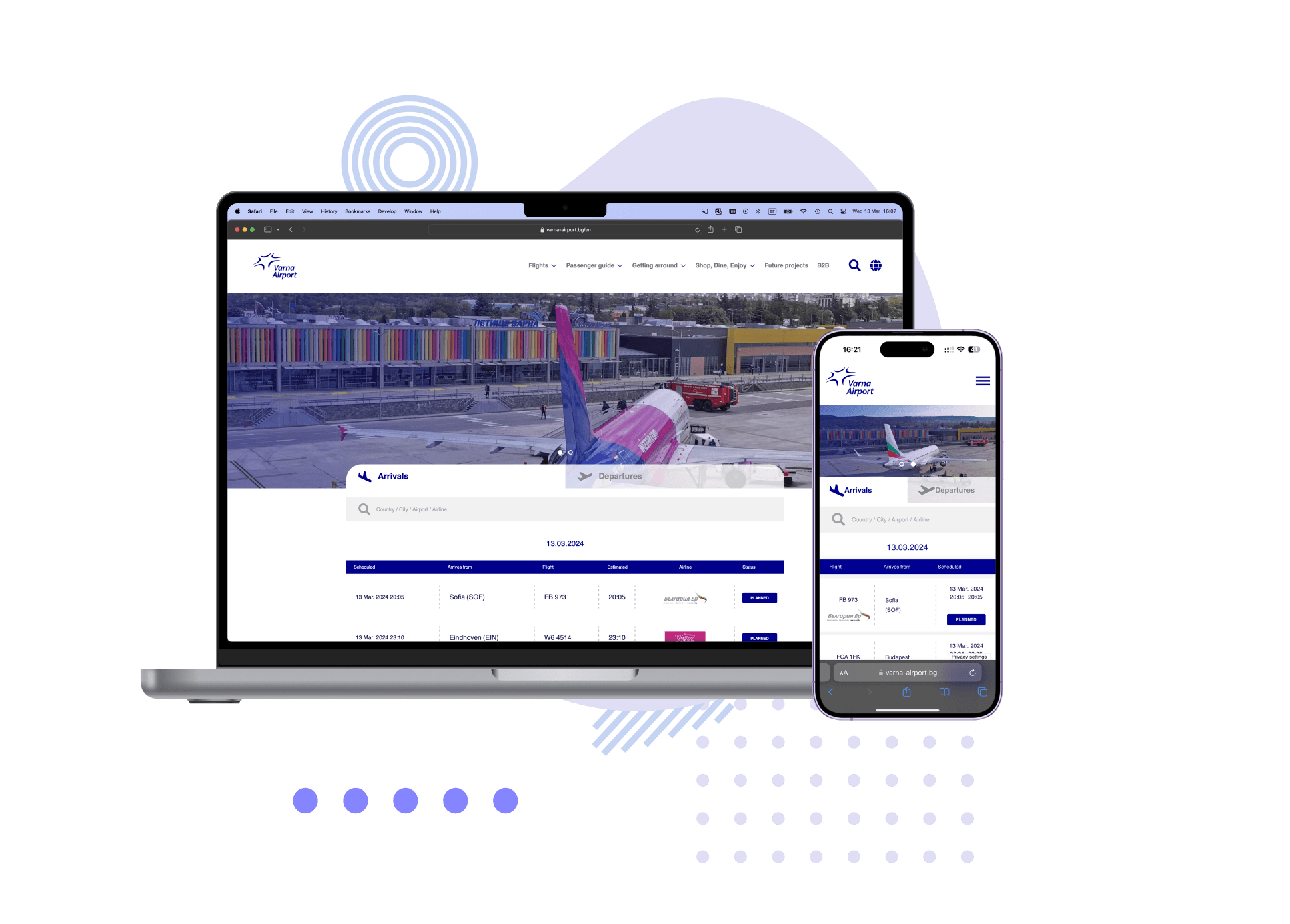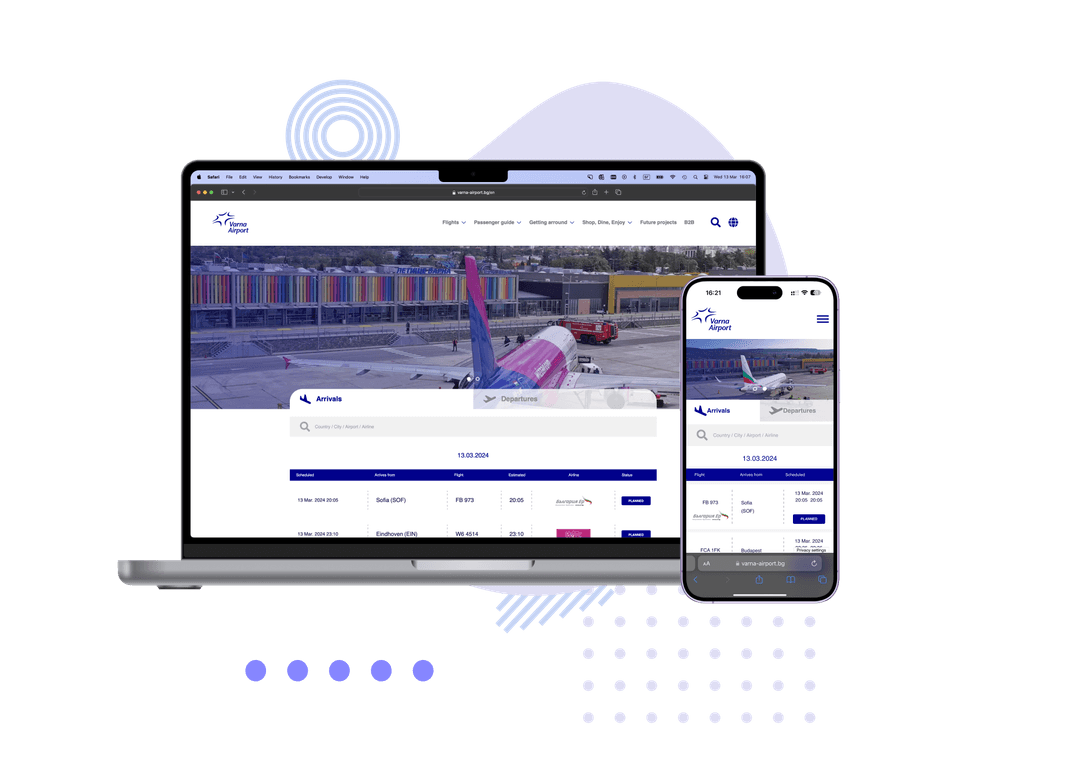Unlock the full potential of your business with our expert business analysis services. Contact us today to discuss your project and discover how we can help you achieve your business objectives with clarity and precision.
Transform your vision into reality with expert business analysis
Our comprehensive business analysis services bridge the gap between your ideas and successful execution. We provide in-depth analysis, strategic planning, and clear requirements, ensuring your projects are delivered on time, within scope, and aligned with


Our BA services
- Stakeholder interviews: Conduct in-depth interviews to gather critical business requirements.
- Requirements documentation: Create clear, concise, and comprehensive documentation to guide development.
- Use case development: Define use cases to ensure all user needs and scenarios are covered.
- Process mapping: Map out existing processes to identify inefficiencies and areas for improvement.
- Process redesign: Redesign business processes to increase efficiency and effectiveness.
- Workflow automation: Identify opportunities to automate workflows and reduce manual tasks.
- Feasibility studies: Conduct studies to assess the feasibility of proposed solutions.
- Gap analysis: Identify gaps between current capabilities and desired outcomes.
- Solution validation: Ensure the proposed solutions align with business goals and deliver expected value.
- Cost-benefit analysis: Evaluate the financial impact of proposed projects or changes.
- Risk assessment: Identify and assess potential risks associated with proposed solutions.
- ROI calculation: Calculate the return on investment to ensure projects are financially viable.
- Impact analysis: Analyse the potential impact of changes on the organisation.
- Communication plans: Develop communication strategies to ensure smooth implementation of changes.
- Training & support: Provide training and support to ensure successful adoption of new processes and systems.
- Data modelling: Create data models to support decision-making processes.
- Business Intelligence (BI): Leverage BI tools to gain insights and inform strategic decisions.
- Performance metrics: Define and track key performance indicators (KPIs) to measure success.




It's important to note that the business analysis lifecycle is iterative and may involve revisiting previous phases as new information emerges or project circumstances change. Effective collaboration and communication among stakeholders, project managers, and the business analyst are crucial for successfully navigating the business analysis lifecycle and delivering a project that meets the desired objectives.
Why choose us?
We cover all aspects of business analysis, from requirements gathering to solution validation

Our analysts have extensive experience across various industries, ensuring tailored solutions

We prioritise your business goals and work closely with you to achieve them

We leverage data analysis to inform decisions and optimise outcomes

Our structured approach ensures consistency, clarity, and successful project delivery

We provide ongoing support to ensure your solutions continue to meet evolving business needs

Key benefits of Business Analysis
Make informed decisions with thorough analysis and clear documentation
Optimise processes and workflows to reduce costs and increase productivity
Identify potential risks early and develop strategies to mitigate them
Ensure projects align with business objectives and deliver expected value
Maximise the return on investment with well-planned and executed projects
Develop strategies that can scale with your business as it grows
Technologies We Use










Ready to transform your business?

Success stories
FAQs
Business analysis services involve identifying business needs, gathering requirements, and developing solutions to improve processes, reduce costs, and achieve business objectives.
Business analysis helps align projects with business goals, optimise processes, reduce risks, and ensure successful project outcomes with higher ROI.
We use a range of tools including JIRA, Visio, Power BI, and more to manage requirements, model processes, and analyse data.
Our process includes discovery, analysis, documentation, implementation, and continuous improvement, ensuring that your projects are well-aligned with your business goals.
Get more insights
GET IN TOUCH

Svetoslava Angelova
Head of DeliveryNumbers are our playground, insights are our game!









.png&w=3840&q=75)

